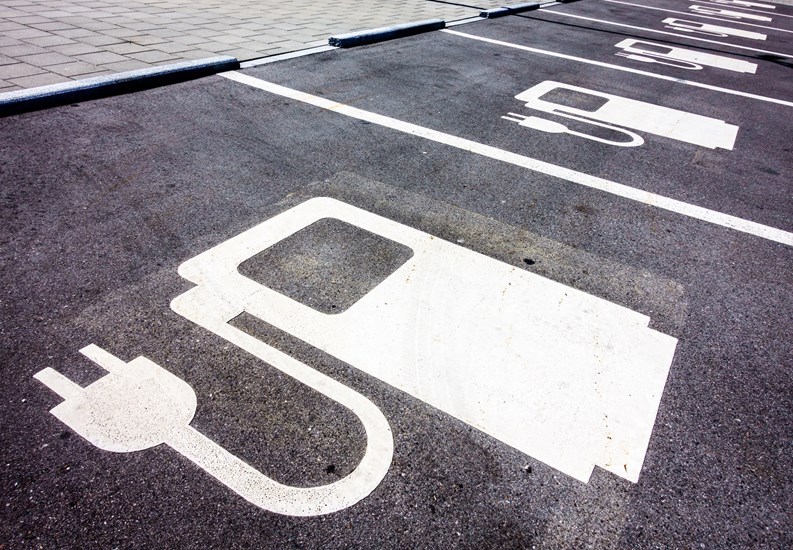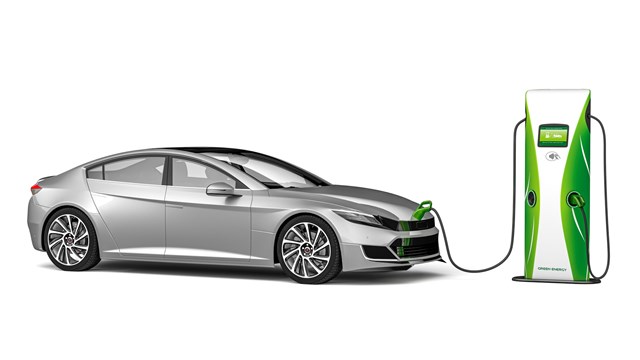Q. There’s clearly a huge push coming for the transition to electric vehicles, and as a condominium owner, I am wondering what we’re likely to be facing if I buy an EV and, obviously, will need access to a charging station. Our property does not have a garage (which I assume would more easily deal with this issue); our parking lot has designated spaces which are not necessarily close to our personal units. Can the association be required to install charging stations? Is there any requirement regarding the number of stations for a property? Is this something that would have to be voted on at an annual meeting? Should our board be addressing this issue now? I’m worried about my association being unprepared for the future.
—Ready to Charge Ahead
A. “The push and emergence of electric vehicles (EVs) is certainly becoming prevalent and will be an important area for condominium associations to address and accommodate,” says Jake Marcus, partner at Allcock & Marcus in Braintree, Massachusetts. “In particular, consumers are moving toward EV options and public policy goals are shifting to limit carbon dioxide emissions.
“Generally, states and cities are considering laws that prohibit community associations from preventing the installation of charging stations—if they have not already adopted the laws as several states have implemented these ‘Right to Charge’ laws or policies. For example, even though Massachusetts does not currently have a commonwealth-wide law for associations and EVs, the City of Boston has had a law since 2019 that states ‘an association cannot prohibit or unreasonably restrict the installation of an EV charging station.’
“That being said, not every association is built the same, which can complicate the ease with which a community can install the charging stations. That is, for condominiums, the parking areas could be allocated and/or divided by ownership as common elements or by exclusive-use property. In this instance, it sounds like each parking space is assigned or deeded. Even more, this EV charging station situation is more nuanced because there is no garage and due to the fact that the parking lot designated spaces are not necessarily close to each owner’s personal unit.
“In community associations of the subject nature, and based on the increased popularity of EVs, you should engage in discussions with your board, as they should be proactive in examining and adopting a rule regarding the application for installation of charging stations. In this case, even though the association may not be required to install charging stations, they could be prodded toward the addition of charging stations based on the growing popularity, policy, and if there are legislative changes in your jurisdiction. As such, it would be good practice to address this issue now to get ahead of it.
“In order to push the advent of adding charging stations along, this will likely require a decision by the association through a vote at an annual meeting or through the association’s typical approval process, which should be outlined in your governing documents. It is important to address the charging station addition process with specificity. Some best practices to include in the vote should be:
Number of charging stations: The quantity will vary greatly depending on the current number of unit owners, current parking spaces, and number of EVs currently at the property and even the infrastructure in the case of underground or covered garage. Even more, it is important to allow for some flexibility to account for the growing number of EVs and increased demand for charging stations. If possible, it may be prudent to consult with a parking area expert to assess your specific situation and unique circumstances by looking into the projected number of charging stations needed, feasibility, costs, and impacts of adding charging stations in the parking area. This is also important to assist with ensuring compliance with location and aesthetic placement.
The costs to unit owners: The association should equitably allocate costs of charging stations to those who benefit. The association should also be able to impose reasonable charges to recover costs of review and permitting of the station(s) and render the benefitted unit owners responsible for all costs associated with the installation, use, maintenance, and removal of the charging station(s).
All in all, being proactive and engaging in discussions with your association can address the details for the installation of EV charging stations to ensure that the community is prepared for the increased demand for EVs and in compliance with legislation as it becomes effective.”







Comments
Leave a Comment